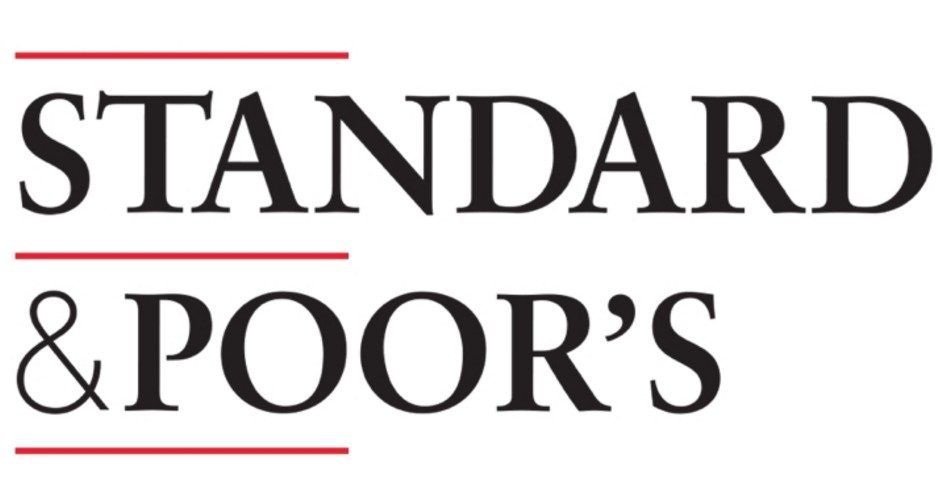
In the announcement by credit rating agency Standard & Poor’s on Monday that affirmed its AA+ rating of United States sovereign debt while revising upward its outlook from “negative” to “stable,” the agency explained that in the short run there has been some perceptible improvement in the country’s fiscal situation but in the long run serious problems remain. Unfortunately S&P failed to mention the real nature and depth of just how serious those problems are.
The agency said:
Our sovereign credit ratings on the U.S. primarily reflect our view of the strengths of the U.S. economy and monetary system, as well as the U.S. dollar’s status as the world’s key reserve currency. The ratings also take into account the high level of U.S. external indebtedness; our view of the effectiveness, stability, and predictability of U.S. policymaking and political institutions; and the U.S. fiscal performance.
It’s clear that the momentum of the U.S. economy continues to astonish pundits with its continued vitality despite efforts to slow it down so that it may be “comfortably merged” with less dynamic and economically vital countries into a one-world government.
The agency lauded the Federal Reserve for its policy actions at the beginning of the Great Recession, and Congress’ ability, at the very last minute, to come to an agreement that ended the Fiscal Cliff crisis. That so-called agreement is largely responsible for increased revenues to the federal government sufficient to cause the Congressional Budget Office (CBO) to revise downward its estimates of the annual national deficits in the near term. However, the problem that caused the agency to lower the country’s credit rating from AAA to AA+ in August 2011 is still there. The agency said at the time,
We lowered our long-term rating on the U.S. because we believe that the prolonged controversy over raising the statutory debt ceiling and the related fiscal policy debate indicate that further near-term progress containing the growth in public spending, especially on entitlements, or on reaching an agreement on raising revenues is less likely than we previously assumed and will remain a contentious and fitful process.
We also believe that the fiscal consolidation plan that Congress and the Administration agreed to this week falls short of the amount that we believe is necessary to stabilize the general government debt burden by the middle of the decade.
In simple terms, that “problem,” according to the agency, is the “increased partisanship” that continues to hamper “the ability of elected officials to address the country’s medium-term fiscal challenges.” The message, and the warning, are clear: Unless those elected officials come together to work out a long term plan to solve those problems, the agency is prepared to revise downward its outlook, and potentially its rating even further, in the future.
There are at least two problems with such a warning. One problem is being exacerbated unknowingly by the present upward revision by the agency, and that is complacency. Noted the agency:
We believe that our current ‘AA+’ rating already factors in a lesser ability of U.S. elected officials to react swiftly and effectively to public finance pressures over the longer term in comparison with officials of some more highly rated sovereigns and we expect repeated divisive debates over raising the debt ceiling. We expect these debates, however, to conclude without provoking a sharp discontinuous cut in current expenditure or in debt service.
We see some risks that the recent improved fiscal performance, due in part to cyclical and to one-off factors, could lead to complacency. A deliberate relaxation of fiscal policy without countervailing measures to address the nation’s longer-term fiscal challenges could place renewed downward pressure on the rating.
S&P recognizes the inherent and predictable tendency of politicians in Washington to put off solving a problem until it becomes a crisis, and yesterday’s report does nothing but make it easier for those very same elected representatives to put this problem off until it does become a crisis.
The other problem, the one conspicuously absent from not only S&P’s statement but in any other review by commentators, is the real size of the “fiscal challenge” the country is facing. The closest S&P comes to saying anything about the national debt is its brief mention of the annual “deficit”:
Combining CBO’s projections with our own somewhat more cautious economic forecast and our expectations for the state-and-local sector, and adding non-deficit contributions to government borrowing requirements (such as student loans) leads us to expect the U.S. general government deficit plus non-deficit borrowing requirements to fall to about 6% of GDP this year (down from 7%, in 2012) and to just less than 4% in 2015.
Not one single word about unfunded liabilities for Social Security, Medicare, ObamaCare, or federal pensions appears in S&P’s statement — nothing. According to Professor Laurence Kotlikoff of Boston University, those unfunded liabilities exceed $200 trillion, or more than thirteen times the country’s gross domestic product. That’s why this report from S&P deserves to be ignored in its entirety. Such statements make the credit rating agency’s announcement, as Washington Post writer Neil Irwin put it, totally irrelevant and useless.
A graduate of Cornell University and a former investment advisor, Bob is a regular contributor to The New American magazine and blogs frequently at www.LightFromTheRight.com, primarily on economics and politics. He can be reached at [email protected].



